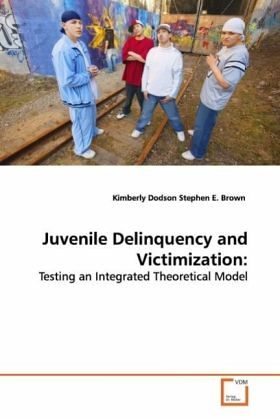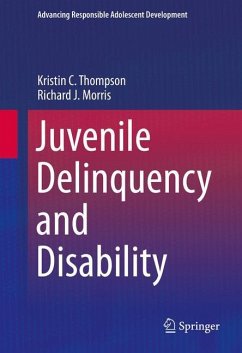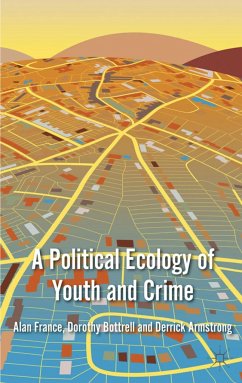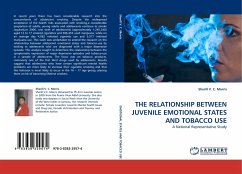
Juvenile Delinquency and Victimization:
Testing an Integrated Theoretical Model
Versandkostenfrei!
Versandfertig in 6-10 Tagen
45,99 €
inkl. MwSt.

PAYBACK Punkte
23 °P sammeln!
The theories of social bond, differential association and routine activities were synthesized into one theoretical model to determine its predictive utility in the explanation of juvenile delinquency and victimization. Using cross-sectional data obtained from the Gang Resistance Education and Training (G.R.E.A.T.) survey, a sample of middle school students was examined. The results indicate that the integrated model moderately predicts delinquent behavior (i.e. property crime, violent crime and alcohol and illegal drug use) and victimization. This study concludes that theoretical integration i...
The theories of social bond, differential
association and routine activities were synthesized
into one theoretical model to determine its
predictive utility in the explanation of juvenile
delinquency and victimization. Using cross-sectional
data obtained from the Gang Resistance Education and
Training (G.R.E.A.T.) survey, a sample of middle
school students was examined. The results indicate
that the integrated model moderately predicts
delinquent behavior (i.e. property crime, violent
crime and alcohol and illegal drug use) and
victimization. This study concludes that theoretical
integration is necessary in order to develop a more
complete crime theory and to increase the current
understanding of the crime-victimization
relationship.
association and routine activities were synthesized
into one theoretical model to determine its
predictive utility in the explanation of juvenile
delinquency and victimization. Using cross-sectional
data obtained from the Gang Resistance Education and
Training (G.R.E.A.T.) survey, a sample of middle
school students was examined. The results indicate
that the integrated model moderately predicts
delinquent behavior (i.e. property crime, violent
crime and alcohol and illegal drug use) and
victimization. This study concludes that theoretical
integration is necessary in order to develop a more
complete crime theory and to increase the current
understanding of the crime-victimization
relationship.












